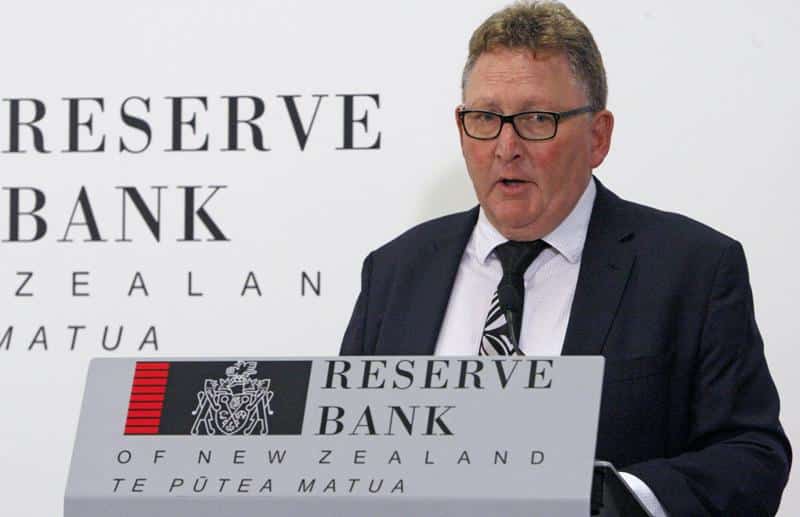
New Zealand’s inflation rate fell more than expected in the last quarter of 2023 but was still well above the central bank’s goal. This means the Reserve Bank of New Zealand (RBNZ) may not rush to cut interest rates until it sees how the economy performs.
According to official data, consumer prices rose by 4.7% in the year to December, down from 5.6% in the previous quarter. This was lower than the RBNZ’s forecast of 5% and matched what most economists predicted. Prices increased by 0.5% in the quarter, the same as the average estimate.
The New Zealand dollar strengthened after the data came out and was trading at 61 US cents at 1:35 p.m. in Wellington, up from 60.87 cents before the release.
RBNZ faces a tricky balancing act
The drop in inflation suggests that the RBNZ’s aggressive rate hikes last year have helped to rein in price pressures. The RBNZ raised its Official Cash Rate (OCR) four times in 2023, from 0.25% to 5.5%, making it the most hawkish central bank in the developed world.
However, the RBNZ is also worried about the high level of core inflation, which excludes volatile items like food and energy. Core inflation measures how much prices rise because of domestic factors, such as wages, rents, and taxes.
Core inflation slowed down slightly in the fourth quarter but was still higher than the RBNZ’s projection. The annual non-tradable inflation rate, a crucialcore inflation indicator, eased to 5.9% from 6.3% in the third quarter but was above the RBNZ’s forecast of 5.7%. Other measures of core inflation also fell.
On the other hand, tradable inflation, which reflects the impact of global forces like commodity prices and exchange rates, rose by 3% in the year to December, the lowest rate in almost three years.
“The RBNZ is facing a difficult trade-off between the domestic and imported sources of inflation,” said Satish Ranchhod, senior economist at Westpac Banking Corp.
“As inflation is easing, the RBNZ will be more confident to keep the OCR steady. This will also help calm inflation expectations, which are important for future price decisions.”
Government and economists expect more action from RBNZ
Finance Minister Nicola Willis said the government was not satisfied with the current level of inflation and wanted to see it below 3%. She said the government was doing its part by cutting spending and easing the regulatory burden on businesses.
“We are committed to removing excessive inflation from our economy, and we won’t stop until we do,” she said in a statement.
The statistics agency said that eight of the 11 main groups in the basket of goods and services that comprise the consumer price index increased in the quarter. The main drivers were higher rent costs, building houses, and local council rates.
The economy is also growing more slowly than the RBNZ thought it would. The inflation numbers make it possible for the RBNZ to change its hawkish to dovish stance and move toward rate cuts as soon as the second quarter,” said Jarrod Kerr, chief economist at Kiwibank in Auckland.
The report comes as many countries worldwide are preparing to lower their interest rates in 2024, led by the US Federal Reserve. While inflation is generally easing globally, there are still risks from rising shipping costs and oil prices due to geopolitical tensions.
Most economists think the RBNZ will wait until the second half of 2024 to cut rates. In November, the RBNZ predicted that inflation would fall below 3% in the third quarter of this year.
“Inflation is heading in the right direction,” Kerr said. “How things are now and how they look in the future should be enough to convince the RBNZ to stop raising rates and start cutting them. Rate cuts are not too far away.”

